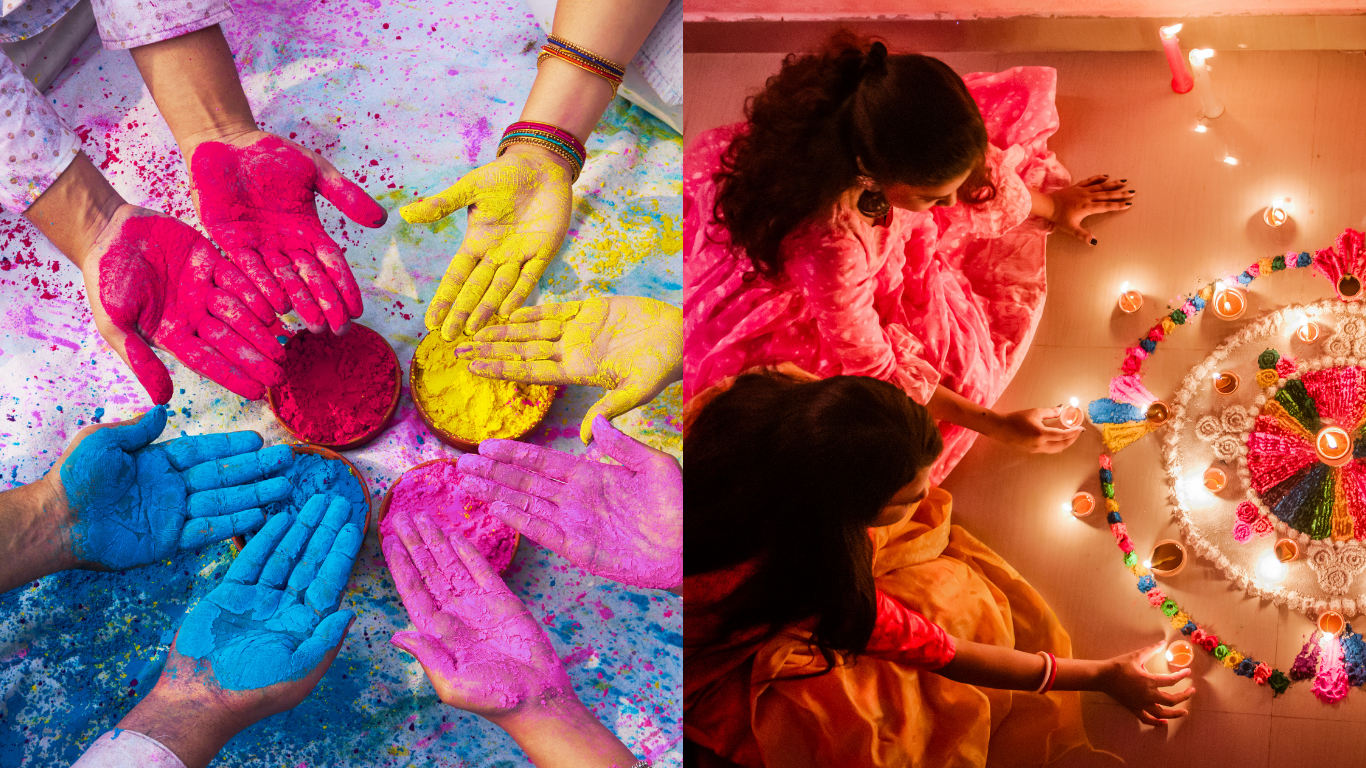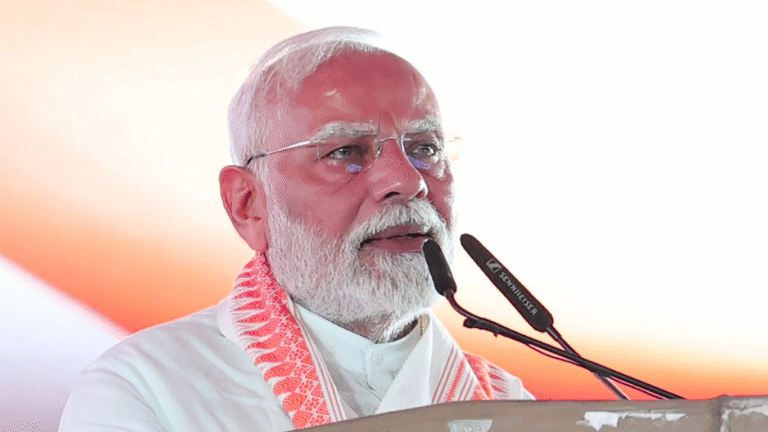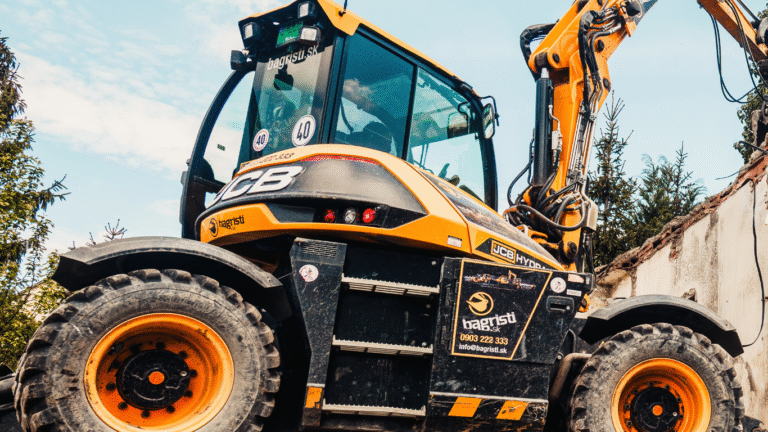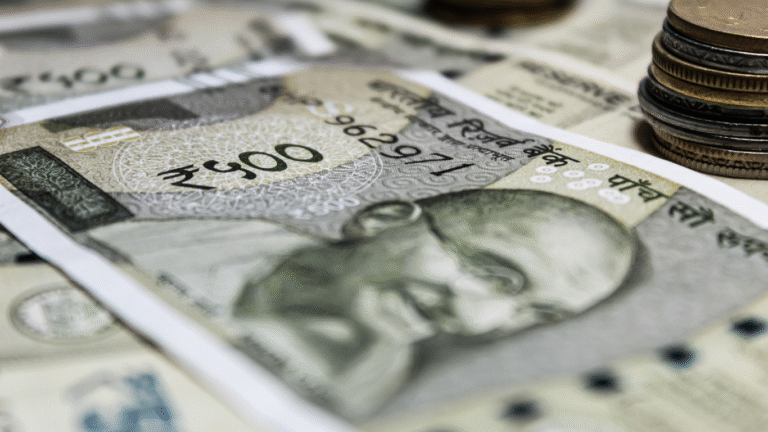
Uttar Pradesh is not just one of India’s largest states by population – it is also one of the richest in culture, tradition, and heritage. It’s a place where religion, art, history, and daily life blend beautifully. From the holy city of Varanasi to the architectural grandeur of Agra, and the political capital of Lucknow to the spiritual aura of Mathura and Ayodhya, every corner of UP tells a unique story.
The culture of Uttar Pradesh reflects centuries of influence—Vedic, Mughal, Awadhi, and British. Despite modernization, traditional values still play a strong role in the everyday life of its people. Let’s explore what makes the culture and tradition of Uttar Pradesh so fascinating.
Historical Roots of Uttar Pradesh’s Culture
The roots of UP’s culture go back to ancient times. Cities like Varanasi, Prayagraj, and Ayodhya are mentioned in the oldest scriptures like the Vedas, Ramayana, and Mahabharata. This ancient legacy is still alive in the form of rituals, music, language, and temples.
Over the centuries, UP became a melting pot of religions and communities—Hindus, Muslims, Buddhists, Jains, and Christians all contributed to shaping its cultural fabric. Over the period of time, UP saw the growth of art, literature, music, and architecture. The Awadh region (centered around Lucknow) became known for its etiquette (tehzeeb), and food.
Today, the culture of UP is a mix of the past and present, where old traditions are still followed, and new influences are gradually accepted.
Festivals and Celebrations: The Soul of UP’s Culture
Festivals are at the heart of Uttar Pradesh’s cultural life. Whether it’s a religious occasion or a seasonal celebration, every festival is marked with enthusiasm, color, and community gatherings.
Major Hindu Festivals:
-
Diwali – Celebrated with diyas, sweets, fireworks, and temple rituals.
-
Holi – The festival of colors, especially famous in Mathura and Vrindavan where it’s played with flowers and natural colors.
-
Navratri & Dussehra – Worship of Goddess Durga and enactment of Ram Leela (drama performances based on Lord Rama’s life).
-
Ram Navami & Krishna Janmashtami – Marking the birth of Lord Rama and Lord Krishna respectively.
Other Cultural Events:
-
Eid – Celebrated with devotion and communal harmony among the Muslim population.
-
Buddha Purnima – Important in Sarnath, where Gautama Buddha gave his first sermon.
-
Makar Sankranti, Teej, Karva Chauth, and Raksha Bandhan – Celebrated with family rituals, special foods, and social customs.
These festivals are more than just rituals—they are social events that bring people together and reflect the deep-rooted spiritual life of the people.
Cultural Dress of Uttar Pradesh: Tradition Meets Identity
The cultural dress of Uttar Pradesh is both traditional and symbolic. It represents the climate, lifestyle, and values of the people. While modern clothing is common today, especially in urban areas, traditional attire is still worn during festivals, weddings, and cultural events.
For Men:
-
Dhoti-Kurta – The traditional dress for men, especially in rural areas and during rituals.
-
Sherwani – A long, embellished coat often worn by grooms and during formal events.
-
Chikan Kurta – A Lucknow specialty, this is a hand-embroidered kurta made from fine cotton or silk.
For Women:
-
Saree – The most common traditional wear for women, especially Banarasi silk sarees which are famous across India.
-
Salwar Kameez & Lehenga-Choli – Popular in both rural and urban settings. Women wear bright colors with detailed embroidery or mirror work.
-
Dupatta – A long scarf often used to cover the head or drape over the shoulders.
The attire is often accessorized with silver or gold jewelry, bangles, anklets, and bindis. The traditional dress not only reflects modesty and elegance but also connects the people of UP with their roots.
Language and Literature: Echoes of Culture
Language is one of the strongest carriers of culture, and Uttar Pradesh is home to some of the most spoken and literary-rich languages in India.
Languages Spoken:
-
Hindi – The official language and most widely spoken.
-
Urdu – Especially in Lucknow and areas with Mughal influence, used in poetry and formal communication.
-
Awadhi, Braj, Bhojpuri, and Bundeli – Regional dialects with strong cultural and folk traditions.
UP has produced legendary poets, writers, and philosophers:
-
Tulsidas – Author of Ramcharitmanas.
-
Kabir – Mystic poet known for his dohas (couplets) promoting unity.
-
Premchand – One of India’s greatest Hindi novelists.
-
Mirza Ghalib – A master of Urdu poetry.
From folk songs to epic poems, UP’s literary contributions have shaped Indian culture for centuries.
Performing Arts: Music, Dance, and Theatre
Uttar Pradesh has a vibrant tradition of performing arts. These art forms are not just entertainment—they carry religious, historical, and social messages.
Music:
-
Hindustani Classical Music – Many gharanas (musical schools) such as those in Varanasi and Lucknow trace their roots here.
-
Folk Music – Songs sung during harvests, weddings, and festivals. Bhojpuri and Awadhi songs are especially popular.
Dance:
-
Kathak – One of the eight classical dances of India, Kathak originated in northern India and flourished in UP under Mughal patronage.
-
Folk Dances – Like Raslila, Charkula, and Nautanki, performed in villages during festivals and gatherings.
Theatre:
-
Ram Leela – A dramatic re-enactment of the Ramayana, performed every year during Dussehra.
-
Nautanki – A traditional folk theatre form that includes singing, storytelling, and humor.
These art forms are passed down generations and are celebrated with pride across the state.
Handicrafts and Local Art: Pride of Uttar Pradesh
The artisans of Uttar Pradesh are known for their craftsmanship. From weaving silk to carving marble, the traditional arts are globally recognized.
Famous Handicrafts:
-
Banarasi Sarees (Varanasi) – Woven with gold or silver thread, known for their luxurious feel.
-
Brassware (Moradabad) – Decorative and utilitarian items made from brass.
-
Terracotta (Gorakhpur) – Clay figurines and utensils, especially animals and deities.
-
Glassware (Firozabad) – Bangles, decorative items, and colored glass pieces.
- Chikankari (Lucknow) – Delicate hand embroidery on cotton, muslin, or silk.
These crafts are not just products—they are legacies. Generations of families continue to practice these arts, often in the same techniques passed down through centuries.
Religious and Spiritual Influence
Uttar Pradesh is considered one of the most spiritually significant regions in India. Several key religious cities and sites are located here:
-
Varanasi – The oldest living city in the world, a major center for Hindu spirituality.
-
Ayodhya – Birthplace of Lord Rama and a key pilgrimage destination.
-
Mathura-Vrindavan – Associated with the birth and life of Lord Krishna.
-
Prayagraj (Allahabad) – Site of the holy Kumbh Mela, where millions gather to bathe at the Triveni Sangam.
This spiritual atmosphere influences everyday life. Morning prayers, temple visits, and religious discourses are common in homes and neighborhoods.
Social Customs and Family Life
In Uttar Pradesh, family and social values play a key role in shaping life. Traditional joint families are still common in rural areas, though nuclear families are increasing in cities.
Important Social Customs:
-
Respect for Elders – Touching feet, using polite language, and seeking blessings are part of daily etiquette.
-
Marriage Traditions – UP marriages are colorful and multi-day affairs with rituals like Mehndi, Sangeet, Haldi, and the wedding ceremony.
-
Hospitality – Guests are treated with utmost respect and offered food, water, and a warm welcome—“Atithi Devo Bhava” is not just a saying, it’s followed sincerely.
Despite urbanization, these customs remain intact and are passed on to younger generations.
Conclusion: The Living Culture of Uttar Pradesh
The culture and tradition of Uttar Pradesh are not relics of the past—they are alive, evolving, and deeply embedded in everyday life. Whether it’s through dress, language, festivals, or food, the people of UP carry their heritage with pride.
Uttar Pradesh is a land of contrasts—ancient yet modern, rural yet urban, spiritual yet artistic. Its rich culture is a reflection of its history, its people, and its ability to adapt while staying connected to its roots.
If you ever visit Uttar Pradesh, don’t just look at monuments or cities—observe the people, taste the food, join a local festival, and wear a traditional kurta or saree. You’ll feel the living spirit of a culture that has shaped India for centuries.



